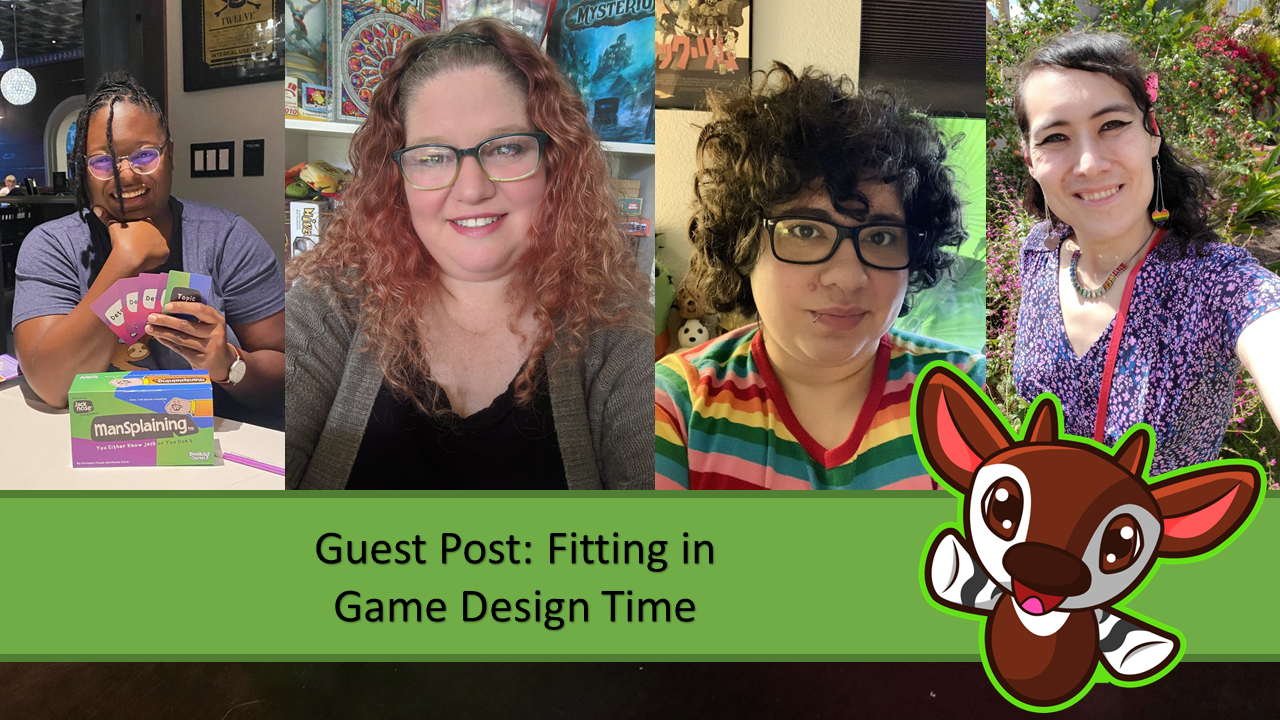
I know a lot of amazing designers, and I wanted to highlight some of them, which is why I have guest posts! Each post will be a question about design or publishing and will hopefully give you a variety of perspectives to learn from.
How do you fit game design into your life or free time?
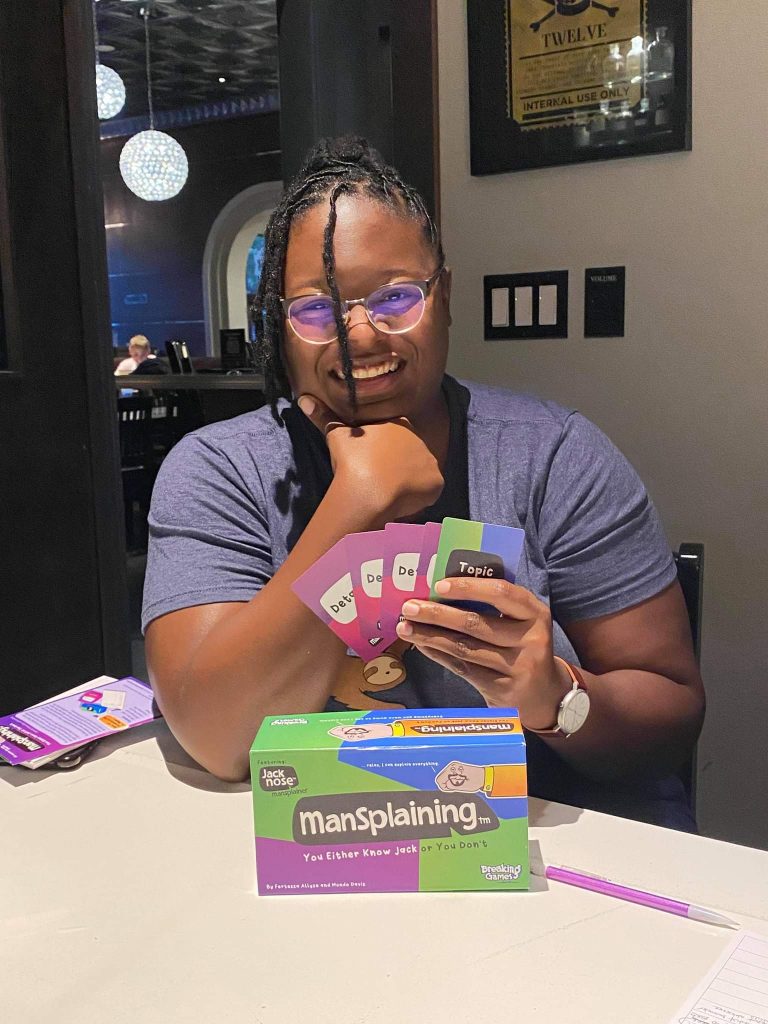
“I suppose now I fit my life around game design, since I do it daily for work. Now it’s very important that I set mental boundaries with my design process so I don’t burn myself out.
I concentrate on playing games or engaging my mind in other ways to make sure it properly turns off the game design mode. It’s very important to let your mind breathe, and it’s an interesting adjustment going from using most of my free time to think about game design, to use most of my free time to take a break from it( and even then it doesn’t always work).
Previously, before I did design professionally, I had to fit game design wherever I could. While riding the train to work, listening to podcasts while I was at work, while walking my dog, when I had free time and when I was supposed to be sleeping. It was integrated into all my daily tasks. Even if I wasn’t physically building a game, I was daydreaming about it.” – Fertessa Allyse, @fertessa
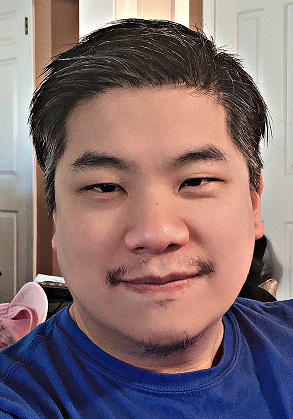
“I wait until after the kids are in bed and I’ve spent a little quality time with my wife. I generally don’t sleep a lot, anyway, so I use the late night hours to work on game design.” – Nicholas Yu, @yutingxiang
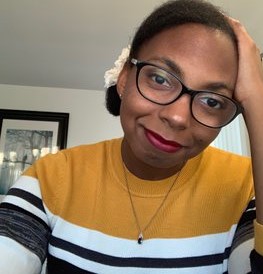
“When I first got into game design it took up almost all of my free time. I was going to online conferences nearly every other weekend, working on games immediately after my regular 9-5 almost every day, and taking part in different mentorship programs and workshops as often as I could.
A year and some change later I’ve had a few life events that make it difficult to devote all my free time to game design, as well as multiple projects in the works, and so I find myself being a lot more intentional about it. Just like I plan out my meals for the next week on Sunday, I take time out to plan when I’ll work on which designs during the week as well. I also try to set goals for quarters and smaller goals for the month so that I always have something larger to work towards.” – Raven McKenzie, @_RavenMcKenzie
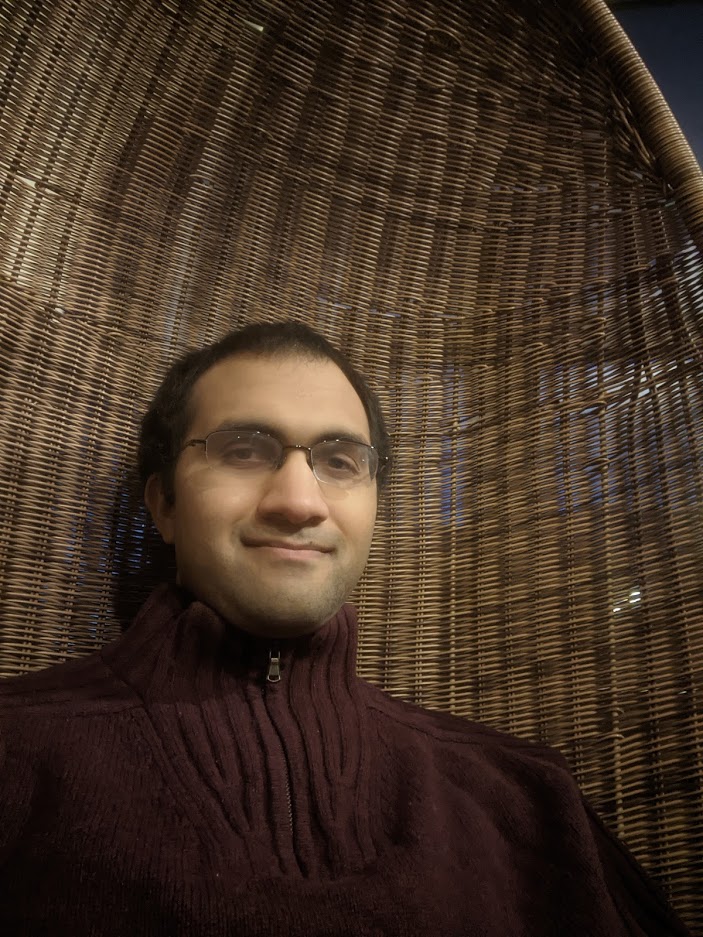
“I do a lot of game design while riding my bike from place to place. I have at least one scheduled playtesting day each week and make sure to attend. I try to make a little bit of progress each day, even if it feels insignificant. The important thing is to keep moving forward, even when it feels slow.” – Ananda Guneratne, @AnandaGuneratne
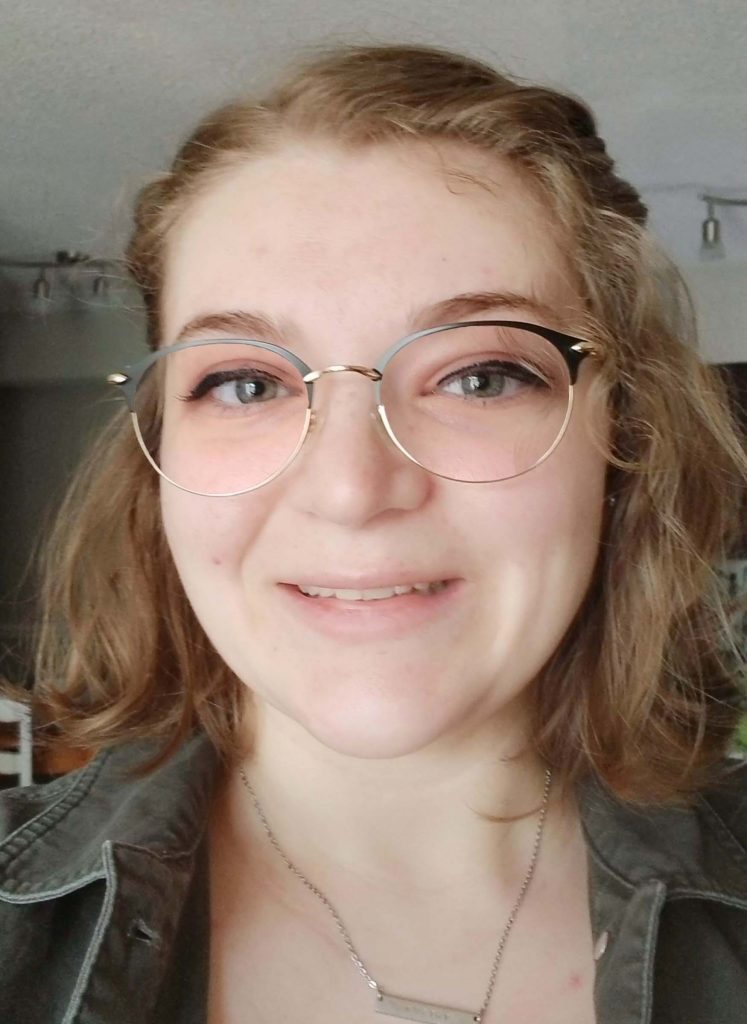
“When I first started designing, I worked on games anytime I had free time. That works for some people, but that didn’t work for me. A lot of my creative process felt forced and it made the whole process less fun. It became more of a job than a fun hobby.
Now I only work on games when I’m really inspired. If I have an idea I’m really excited about, I’ll work on it in the evenings a couple times a week and bring it to my weekly game night to playtest. It’s much more of a hobby for me now than it was a few years ago, which means that sometimes I can go a few months without working on a game. I’m designing a lot slower, but I truly enjoy all the games that I work on now.” – Sara Perry, @saraperry96

“I am fortunate to have a 9-5 job that ends as soon as the day is over. Work doesn’t come home with me, so I can focus on game design right after work, on most days. Weekends are a little harder because there is so much else I want to focus on. If I’ve made good progress, during the week, then I’ll allow myself a break from designing.” – David J. Bruglia, @DavidBruglia

“This has recently become more difficult than initially. For me, it’s all about balancing your time, energy, and interests. This past summer (2021) I committed to too many things. My schedule was solid and everything had a night, but I didn’t account for time to relax and recover.
I do have a pretty fluid schedule that allows me to design at any time I want, but sometimes life just drains you too much to get the ball rolling. So yeah, just remember to balance design with any other obligations you have, and account for time to heal and just do nothing.” – Jadyne (Jay) Bell, @thejaybell
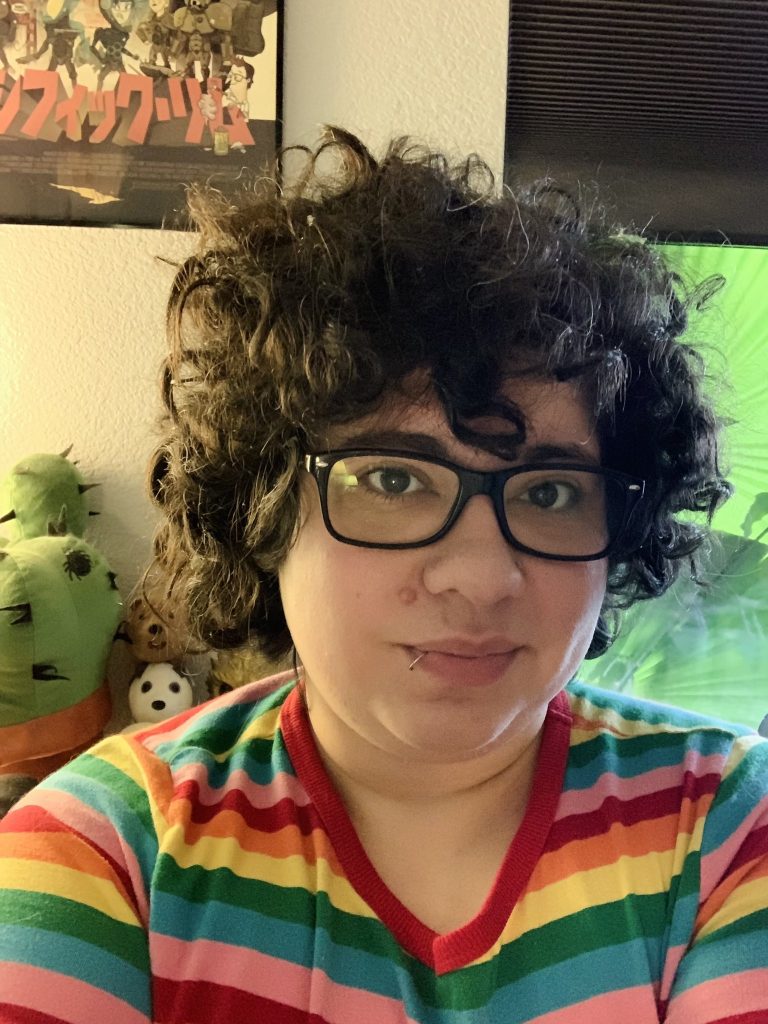
“Sometimes I am able to schedule it in, but most times is about feeling inspired! Once I get a though going I can’t stop. I need to design and really get into it. Then there are times where you have to let things simmer, but eventually the desire to get back to it will push me to make time for it whenever I can.” – Estefania Rodriguez, @estefaniar88
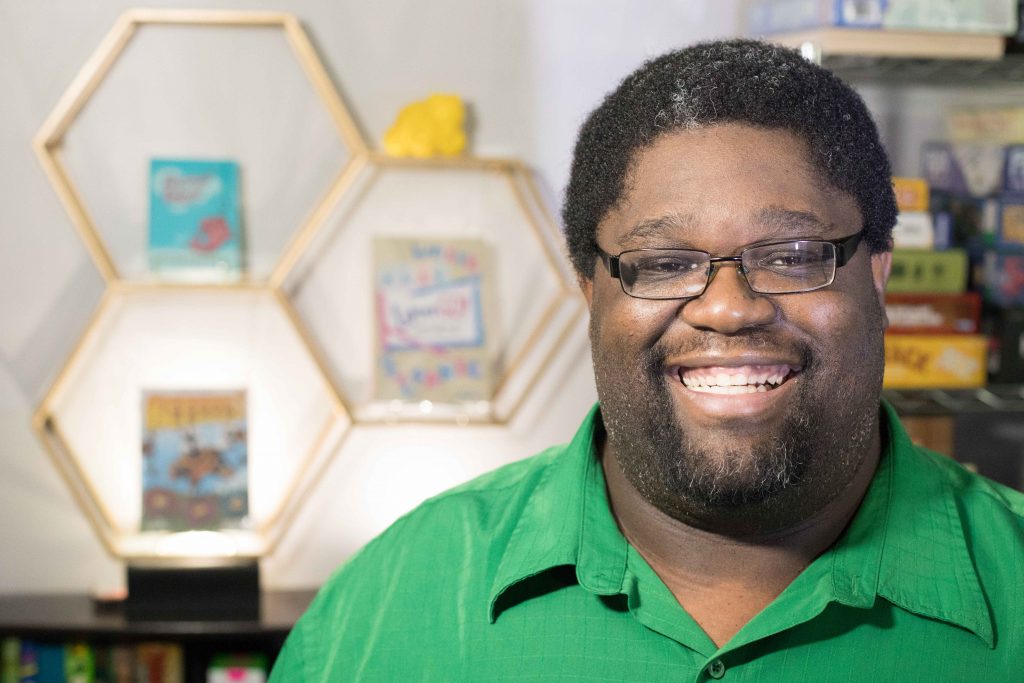
“Poorly. 🤣
The Designer Brain is always on to some degree. It’s at its worst when I’m trying to sleep or play other games. I keep a tablet by my bed to jot ideas into Google notes and sometimes that’s enough.
Paradoxically I’m at my least effective when I’ve set aside three hours to “work on game design.” Go figure.” – Marcus Ross, @waterbeargames

“This is a great question for any designer. I try to fit in design in whenever I have time whether it is in the morning before work, at night, or the weekends. I keep a journal that I can doodle in that allows me to quickly make notes here and there. If I’m playtesting, I’ll book time in my calendar and make plans accordingly!” – Tony Tran, @tonymakesgames
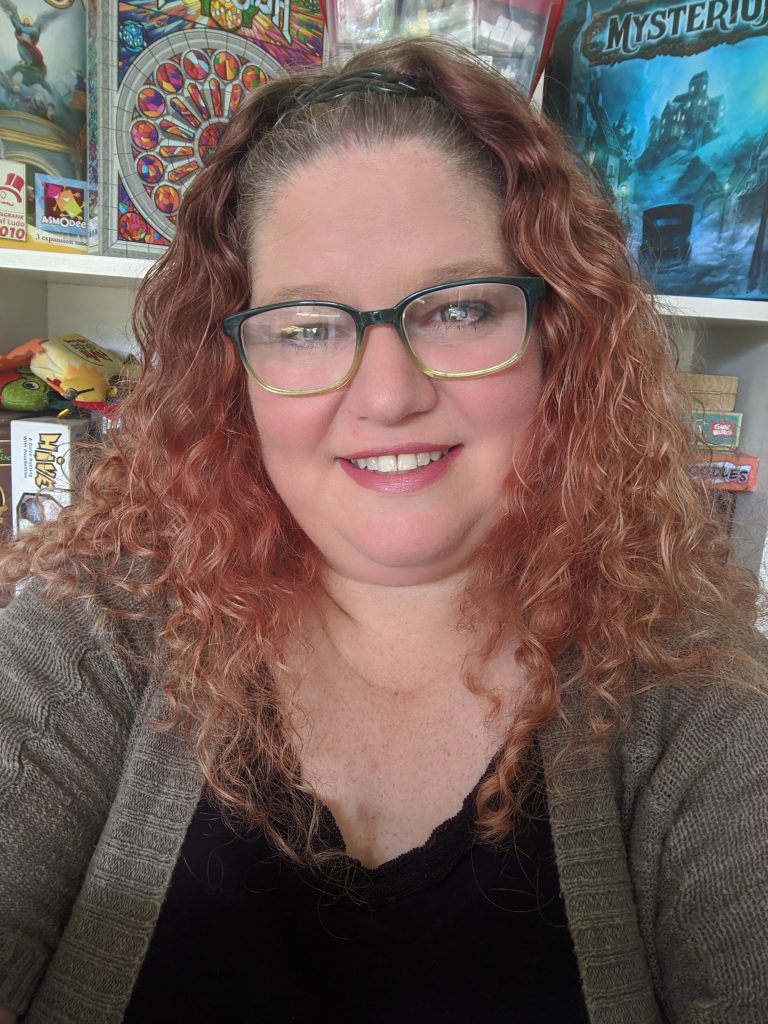
“Fitting in game design comes in two varieties: the “before times” and life during COVID.
When I had work, homeschool and kids to manage, it was quite the balancing act. The important thing was to try to schedule at least one dedicated time slot to work on games each week. I’d them communicate with husband and kids, who fortunately supported my design time and would fend for themselves for a few hours. I didn’t always get my scheduled block, and I learned to forgive myself when I missed a week or two…or more.
Since COVID, I’ve had a LOT of time to dedicate to game design. So now it’s more about managing that time wisely than about how to fit it in. I’m using spreadsheets and task lists to stay on top of what I want to accomplish. And I was just recently reminded that I’m a lot more productive if I enjoy some free time once in a while. Balance is key for me, whether I have to squeeze in game design or ensure that I’m getting quality time with my family in between hours of design and self-publishing work. Be good to yourself, and it’ll be good for your design efforts.” – Kirsten Lunde, @lookingglassws
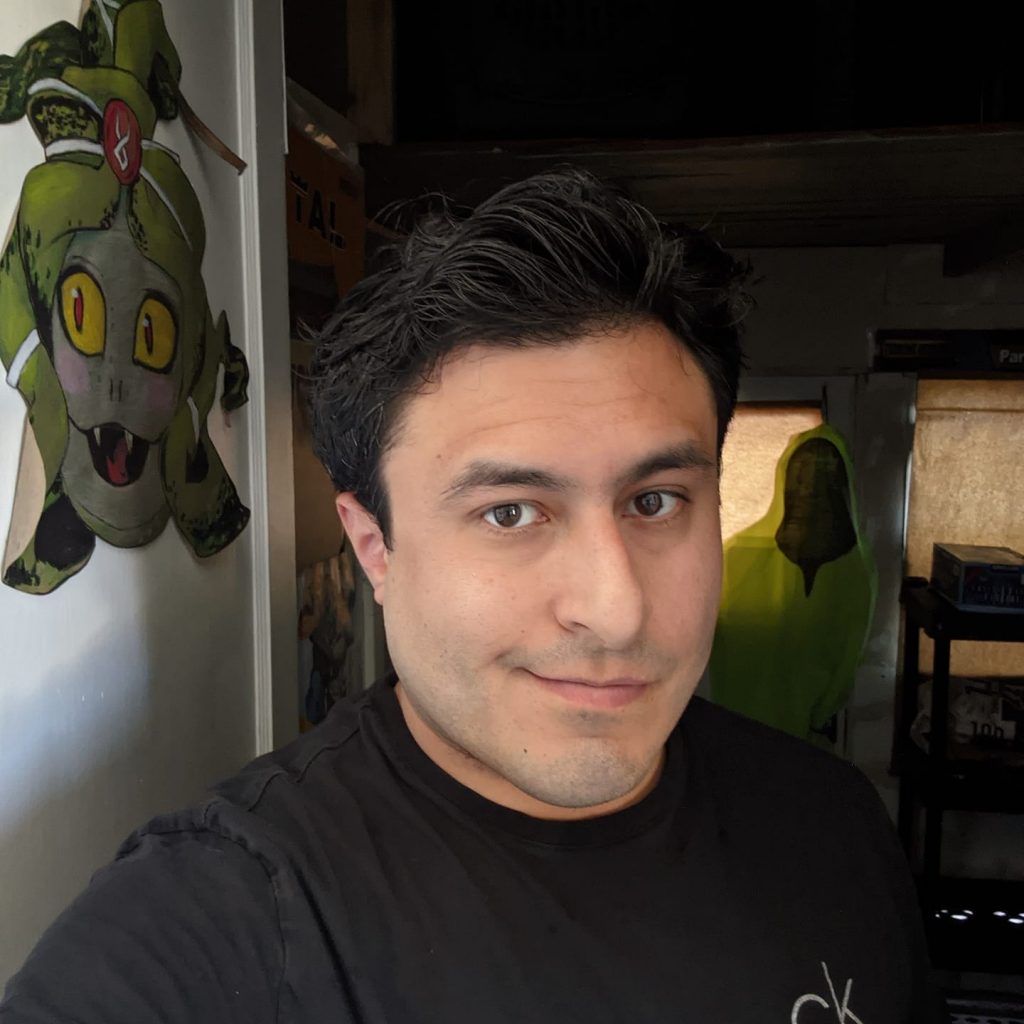
“I always ask how things can be better. If I can make something better and a fun positive experience, that is what I will do! The world will be a brighter place if more part of it were gamified.” – Chris Solis, @CGCFOX

“For complex design issues, I’ll write down my problem in a little journal and let it stew in my subconscious, writing in it further when inspiration hits.
For some things if I have some time on my phone I might review cards or rules.
Then when my kid is in bed, or in preschool, or with her other mother, I’ll do playtesting/graphic design/prototyping kind of work. It’s challenging, but passion helps.” – Katie Allred, @RedCheshireKate
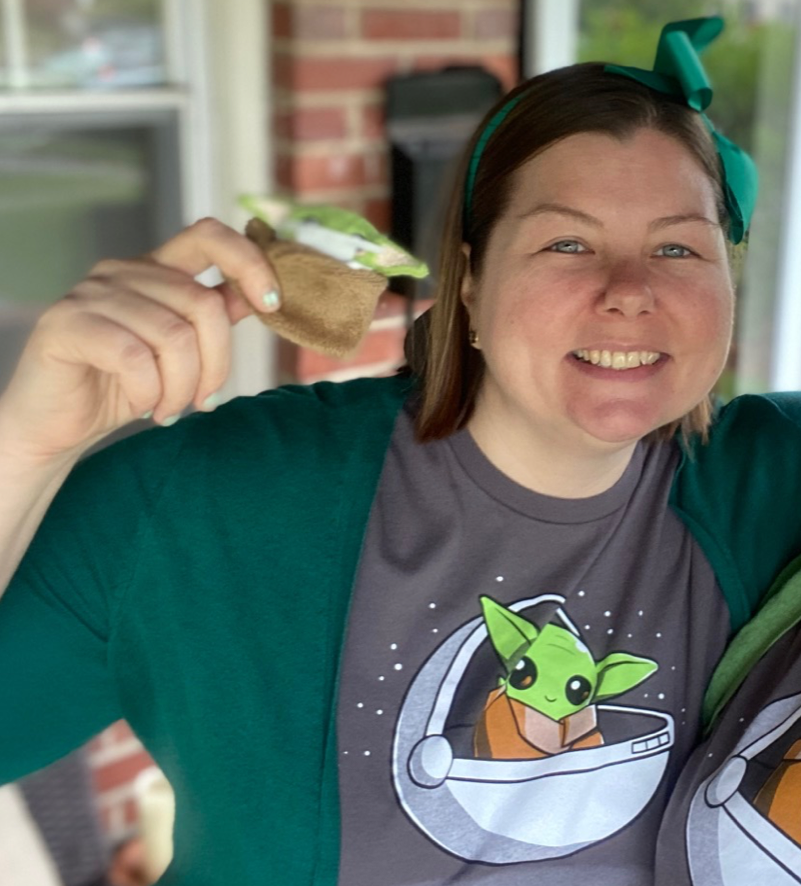
“I typically do it for “fun” when I have a free afternoon or Sunday. I’ve been much busier the last 6mths so I’m only getting a few hours per week for design. I actually schedule my playtests to ensure they get done!” – Heather O’Neill, @catphysicist
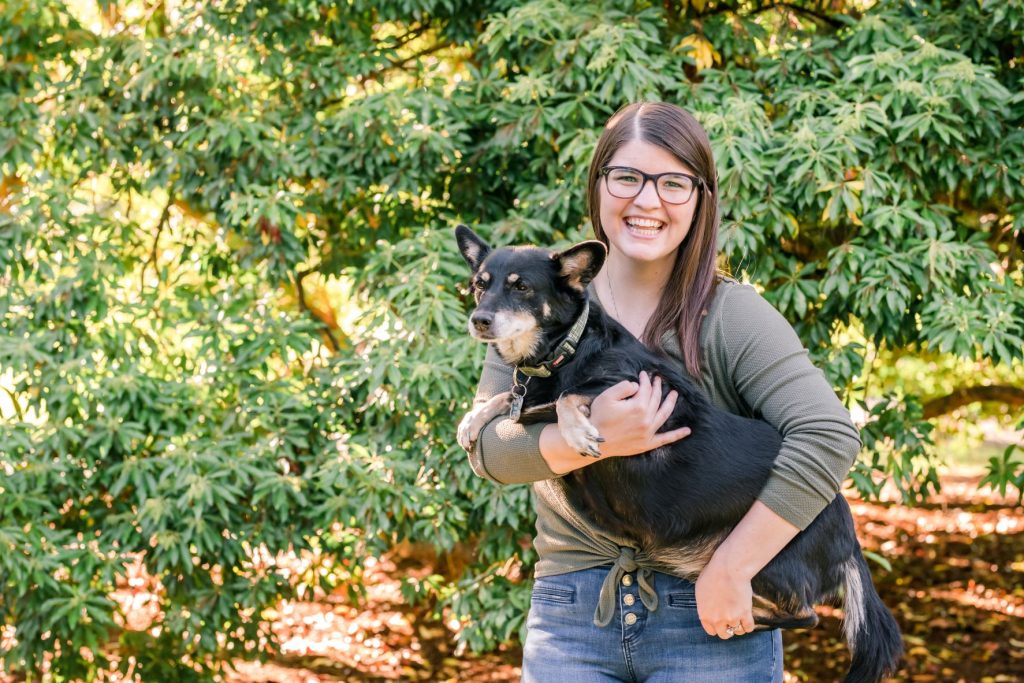
“I organize my life using a written planner, so I try to schedule out blocks of free time in my planner specifically for game design. It’s a good accountability mechanism for myself, but I also try to be flexible.
Something could pop up that has to take priority over a design session, or I could suddenly be struck with inspiration that makes me want to start designing ASAP!” – Courtney Shernan, @CourtneyShernan
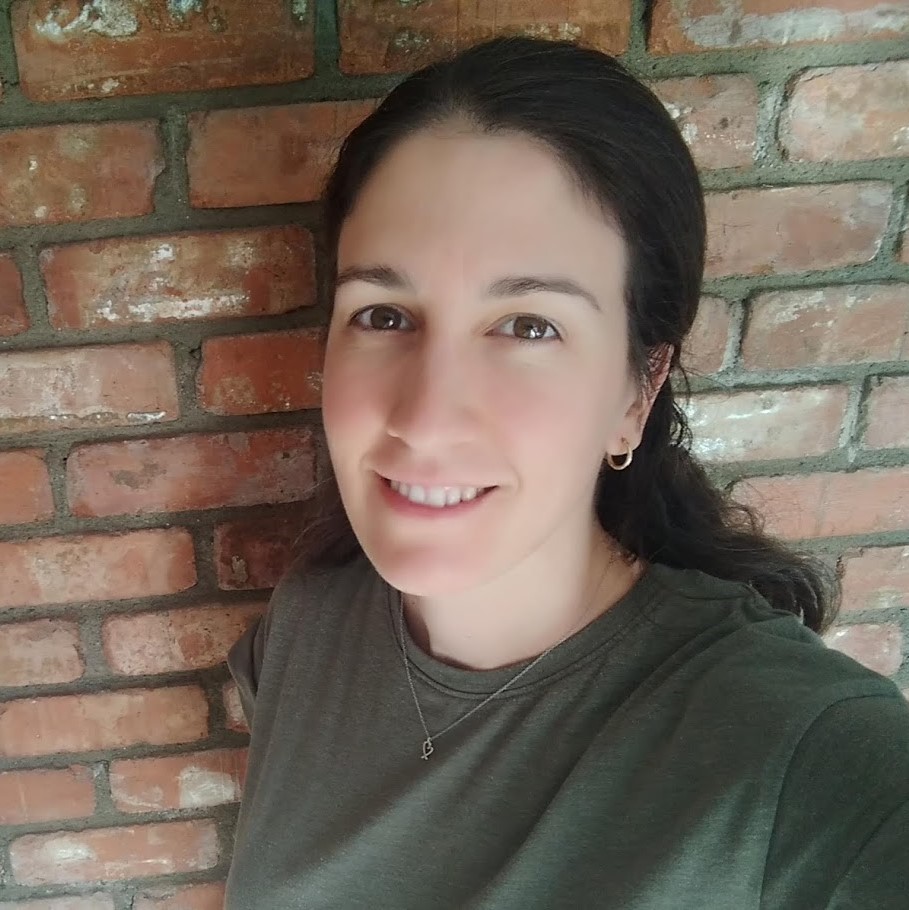
“That’s a tricky question. With parenting and part-time work, it can be difficult to find time. But honestly I’m always designing in my head. I keep a sketchbook close by at all times so I can jot down ideas. I make art time an activity so my daughter will let me brainstorm and sketch. My partner takes over certain days so I can playtest. Being creative and designing is part of my mental health so I make sure there’s time for it.” – Amelie Le-Roche, @zeruagames

“It can be tricky to find time especially when you have kids. What I find helpful is to have dedicated and regularly scheduled time for game design on a weekly basis. Even better is if you can find a group of other game designers to meet up with and playtest with. Having other people committed in the same way as you helps keep you motivated and moving forward.
As long as you make forward progress you build momentum and you end up finding time to continue that passion.” – Joseph Z Chen, @fanfactories

“The hardest part is making time, but only I can do that for myself. So, I figure out reasonable goals I want to achieve and set aside time to work on them. If I don’t make it to my goals in the time I set for myself, I adjust and keep at it. The goal is to make progress and not give up, even if it takes longer than I wanted it to.” – Sarah Reed, @EuroGamerGirl

“I’ve struggled with this for a long time, and usually only get time when a deadline is approaching (which is why game jams are so great!). But now I’m trying a system where I earn my time by completing my other work; it’s great because it makes me really appreciate and enjoy my game design time!
I also have a ‘Distraction Notebook’ Evernote file up at any given time, and if I see something that inspires an idea or whatever I jot it down. Sometimes I even dive in for a while, writing out long notes, sketching things, etc. It makes it super easy to flip over and quickly note inspiration or ideas without killing my work flow on other work.” – Beth Jackson, @CataclysmGames
Did you enjoy this entry? Which designers would you want to hear from next? Please let me know! I’d love to hear what you think and what kind of things you’d like to see from this blog. Feel free to send me an email or comment with your thoughts!
Don’t forget to sign up for my mailing list, so you don’t miss a post: https://tinyletter.com/carlakopp